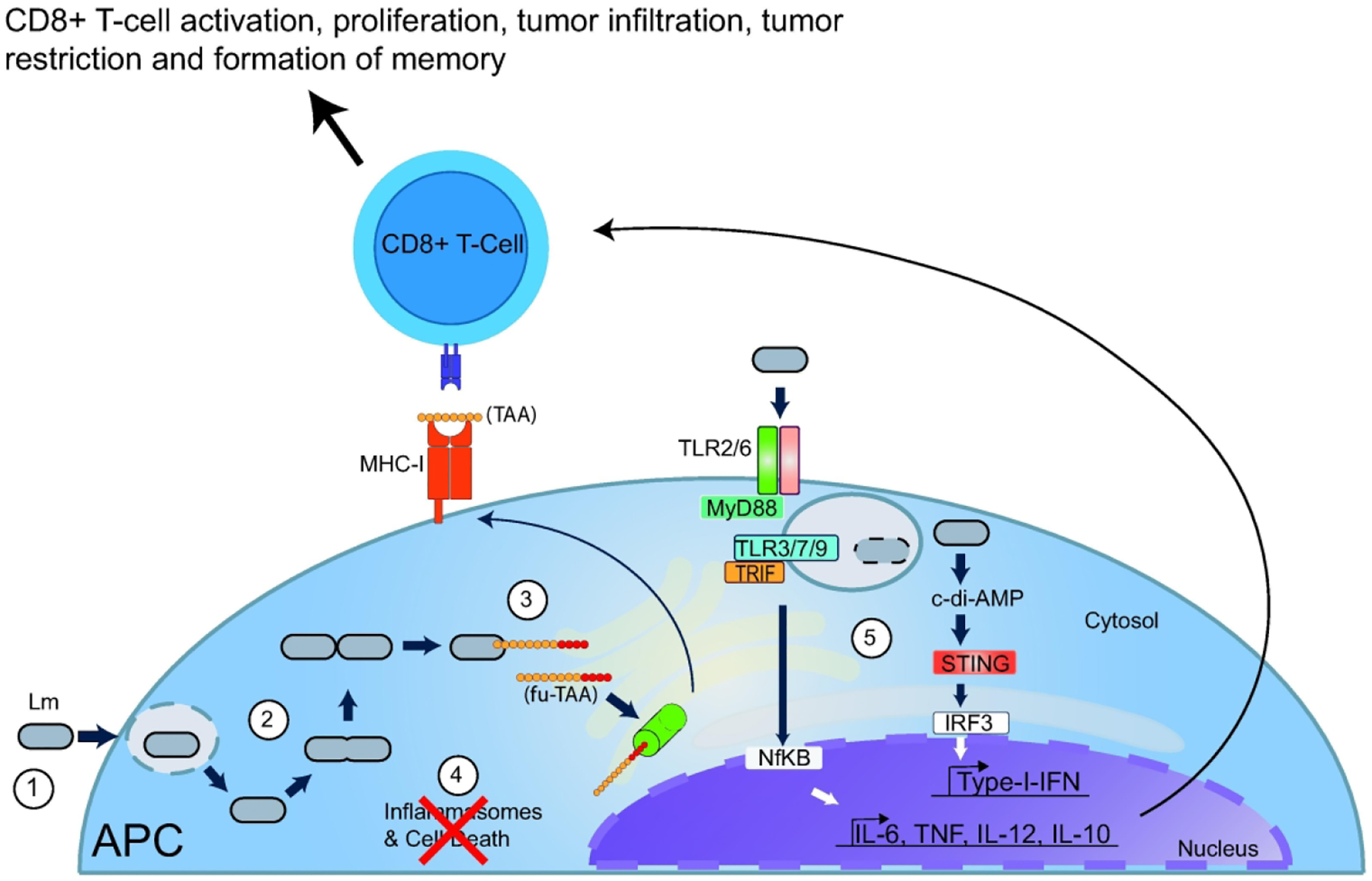Figure 1: Biological factors that impact the development of cell-mediated-immunity (CMI) during L. monocytogenes infection and their role in tumor therapy:

1) Upon intravenous inoculation, L. monocytogenes (Lm) is internalized by professional antigen presenting cells (APC), such as splenic macrophages or dendritic cells. 2) L. monocytogenes escapes the phagosome, enters the cytosol, rapidly replicates, and secretes proteins. 3) L. monocytogenes can be engineered to secrete recombinant tumor associated antigens fused to virulence factors, termed here as fusion-tumor-associated antigens (fu-TAA). Secreted proteins are degraded by proteasomes (green cylinder) and enter the MHC class I pathway of antigen presentation. 4) L. monocytogenes minimally activates inflammasomes and consequently, infection does not lead to rapid host cell death. 5) Unlike phagosome confined bacteria that can lyse within phagosomes and primarily activate the MyD88-dependent pathway through Toll Like Receptors (TLRs), cytosolic bacteria induce cytosolic innate immune pathways by secreting cyclic di-AMP (c-di-AMP) thereby inducing an overall balanced cytokine milieu that favors CMI and tumor restriction by antigen specific cytotoxic CD8+ T cells.
